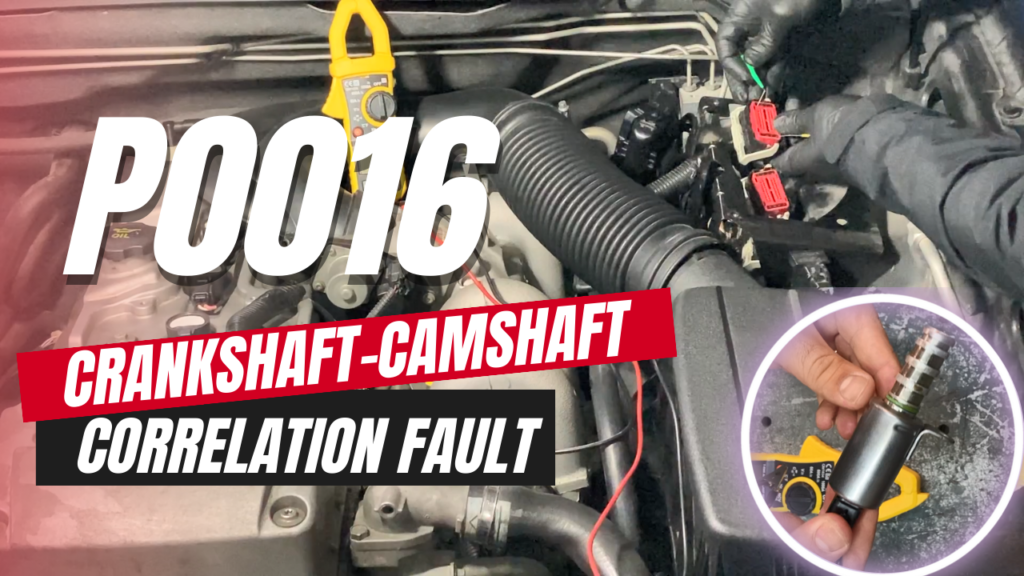| COMPONENT LOCATION |

| GENERAL DESCRIPTION |
The evaporative emission control system prevents hydrocarbon (HC) vapors from the fuel tank from escaping into the atmosphere where they could form photochemical smog. Gasoline vapors are collected in the charcoal canister. The ECM controls the Purge Control Solenoid Valve (PCSV) to purge any collected vapors from the canister back to the engine for combustion. This valve is actuated by the purge control signal from the ECM and controls fuel vapor from the canister to the intake manifold.
| DTC DESCRIPTION |
Checking output signals from PCSV every 10 sec. under detecting condition, if signals indicating open or short to ground in the circuit are detected for more than 5 sec., ECM sets P0444.
| DTC DETECTING CONDITION |
| Item | Detecting Condition | Possible cause | ||||||||||
| DTC Strategy |
|
| ||||||||||
| Enable Conditions |
| |||||||||||
| Threshold value |
| |||||||||||
| Diagnosis Time |
| |||||||||||
| MIL On Condition |
|
| SPECIFICATION |
| Item | Coil resistance(Ω) |
| PCSV | 22.0 ~ 26.0 [20°C(68°F)] |
| DIAGNOSTIC CIRCUIT DIAGRAM |

| SIGNAL WAVEFORM & DATA |


Fig.1) Normal waveform of PCSV under 27% control condition.
Fig.2) Abnormal data of PCSV when PCSV circuit open.
The Purge Control Solenoid Valve(PCSV) is open or closed by ECM and vacuum of intake manifold.
At opening, fuel vapor from canister enters into intake manifold. To prevent vacuum from forming inside canister, ECM controls to open it. This photo shows the signal waveform of PCSV operating normally.
| MONITOR GDS DATA |
| 1. | Connect GDS to Data Link Connector(DLC). |
| 2. | IG “ON”. |
| 3. | Select “DTC” button, and then Press “DTC Status” to check DTC’s information from the DTCs menu. |
| 4. | Read “DTC Status” parameter.
|
| 5. | Is parameter displayed “Present fault”?
|
| TERMINAL AND CONNECTOR INSPECTION |
| 1. | Many malfunctions in the electrical system are caused by poor harness and terminals. Faults can also be caused by interference from other electrical systems, and mechanical or chemical damage. |
| 2. | Thoroughly check connectors for looseness, poor connection, bending, corrosion, contamination, deterioration, or damage. |
| 3. | Has a problem been found?
|
| POWER CIRCUIT INSPECTION |
| ■ Check voltage |
| 1. | IG “OFF” and disconnect PCSV connector. |
| 2. | IG “ON”. |
| 3. | Measure voltage between control terminal of PCSV harness connector and chassis ground.
|
| 4. | Is the measured voltage within specification ?
|
| CONTROL CIRCUIT INSPECTION |
| ■ Check short to ground in harness |
| 1. | IG “OFF” and disconnect PCSV connector and ECM connector. |
| 2. | Measure resistance between control terminal of PCSV harness connector and chassis ground.
|
| 3. | Is the measured voltage within specification ?
|
| ■ Check open in harness |
| 1. | IG “OFF” and disconnect PCSV connector and ECM connector. |
| 2. | Measure resistance between control terminal of PCSV harness connector and PCSV control terminal of ECM harness connector.
|
| 3. | Is the measured resistance within specification?
|
| COMPONENT INSPECTION |
| ■ Check PCSV |
| 1. | IG “OFF” and disconnect PCSV connector. |
| 2. | Measure resistance between power and control terminals of PCSV connector.(Component side)
|
| 3. | Is the measured siganl waveform normal?
|












